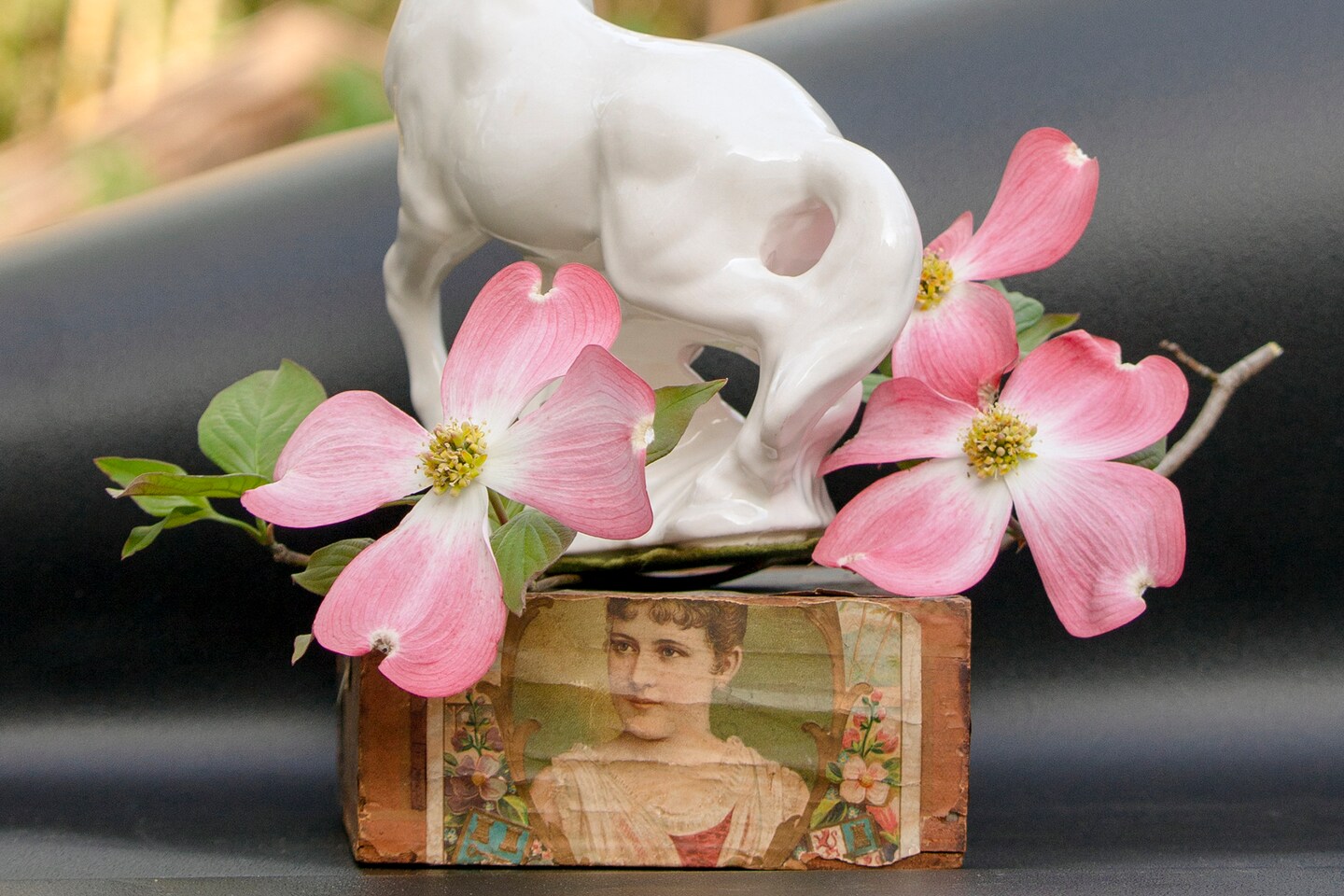[ad_1]
There’s just something about Appalachia that draws photographers and writers to it. And, to be honest, much of the work that is produced about it treats the area as some kind of zoo to be visited to gawk at its inhabitants. Poverty, snake handlers, coal miners, meth-addled trailer parks — these are the revolving tropes we’ve been handed over the years.
And the people of Appalachia have rightly felt maligned. Who would like to be treated like a freak show attraction? This is why it’s always a refreshing and welcomed thing to have people who are from there, raised there, give us their perspective. In truth, this is a welcome approach from anywhere, having the people who are from there share the voices of their neighbors, co-workers and families.
Photography can never provide a completely accurate representation of a place and people. But having the story or the project come from “one of them” adds much-needed nuance to the stories we’ve already been told and expands and enriches our understanding. Riley Goodman’s book “From Yonder Wooded Hill” (Fall Line Press, 2022) falls squarely in that category.
And instead of taking us on a tour of coal miners’ black-smudged faces and dilapidated trailer parks, Goodman’s book investigates the region’s folk tales. As he says in an afterword to the book:
“From my ancestral West Virginia and North Carolina to the Patapsco River Valley of Maryland where I was raised, my family conjured superstitions and stories to make sense of their world. Walking on opposite sides of a pole splits two people’s souls; it’s customary to pray over floodwaters, and proper etiquette in the presence of a ghost involves asking, ‘What in the name of God do you want?’ Growing up, I accepted this folklore as commonplace but came to understand with age that these stories were unique to a working-class, Appalachian culture.”
“From Yonder Wooded Hill” is quite different from a lot of the work coming out of Appalachia that I’ve seen. This is a very personal exploration of life there, intertwined with intimate knowledge of the stories its people have told themselves to help make sense of life. It’s something that we all do, no matter where we are from. We’ve all inherited stories and superstitions that have encircled whatever socioeconomic background we are from that have helped us plumb the depths of life.
I very much appreciate Goodman’s perspective and approach in this book. He gathers, and presents, archival images alongside collected ephemera and artifacts to form, as the publisher’s description of the book says, “a narrative that rather than noting a specific period, creates an ever-occurring amalgamation of time. By establishing this crafted world, Goodman invites the viewer to question the tenets of authenticity, leaving the idea of ‘historical truth’ in an undisclosed middle ground.”
The book itself is a pleasure to look at, from its green velvet cover (which has been proved to be a magnet for my cats’ hair!) to its excellent printing. It’s a multimedia tour de force that I would love to see in a gallery setting. The work seems to naturally lend itself to an installation where the tactile nature of the work would really stand out. Still, the book does a nice job of pulling the material together.
You can find out more about the book, and buy it, here.
[ad_2]
